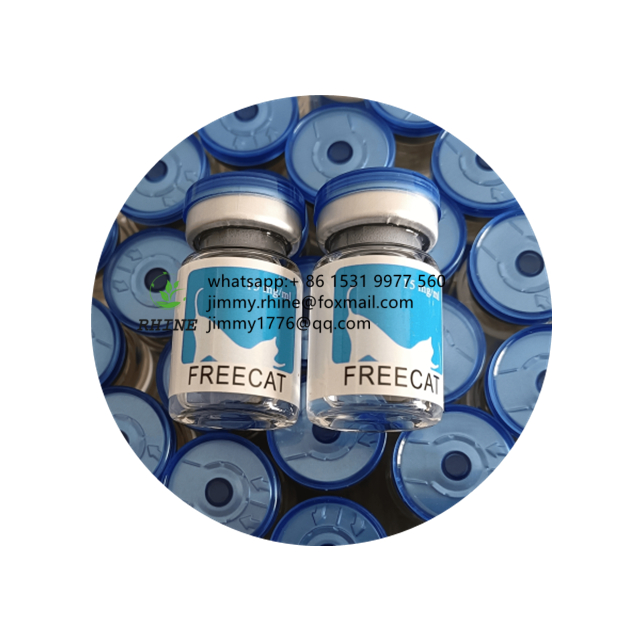Tilapia is an omnivorous fish dominated by plant foods. In the natural waters, it mainly eats filamentous algae and plant debris, etc. It has a large food intake and a wide diet. The larvae mainly eat small zooplankton and their foods are rotifers, nauplii, diatoms, microcystis, green coccoides, and algae. During juvenile period, animal feeds such as rotifers, cladoceros, and copepods are predominant, but the food composition is more complicated. There are many types of food for adults. Various types of algae, young grasses, organic detritus, benthic animals, and aquatic insects are ingested, and they can digest cyanobacteria and green algae that other fish can't digest, and they can directly ingest various foods. Artificial feed and some organic fertilizers. During the aquaculture process, feeding compound feed is mainly used, and duckweed and other green feeds are also fed.
Tilapia Nutritional Requirements
Different varieties of tilapia have different nutrient requirements in different stages of growth. The optimum protein requirement for Nile tilapia fry is 35%-40%, and for fish species larger than 50g, it is 25%-35%. The optimal protein requirement for A. tilapia fry is 36% and for fish species 26%-36%. In tilapia adult fish feed, the crude protein content should be controlled at more than 25%. In intensive farming, the crude protein content should be controlled at 30%, the fat content in the feed is 4%-6%, and the cellulose content is in the range of 4%-10%. The requirement for mixed inorganic salt in feed is 3%-5%, and the suitable range for phosphorus is 0.54%-1.14%.
Tilapia natural food
Aquatic land plant food
Duckweed, duckweed, and purple duckweed are aquatic terrestrial plants. They are the favorite foods for tilapia and adult fish. Hydroponics, Eichhornia crassipes, water peanuts and other aquatic plants, chopped, beaten or fed into compound feeds, are also good feed for tilapia. Tilapia seedlings and adult fish can both ingest and digest microalgae, green algae and other algae in ponds.
Bad residue and cereal feed
The bad residue can be directly used as a feed for tilapia, and the grain feed is preferably fed in the form of malt and grain buds. Malt and grain buds mean that wheat and grain have just seen sprouts of water that have not emerged. They can be used as feed and are excellent supplements for biologically active substances such as Vitamins and hormones. Commonly used in the production of bran, rice bran in the south, bran, wheat bran in the north, secondary powder. However, rice bran contains high fat and is susceptible to mildew in the hot and humid south. Care should be taken to preserve it.
Feline Infectious Peritonitis (FIP), referred to as Feline Infectious Peritonitis (FIP), is a fatal abnormal immune response that occurs in cats. It is caused by the mutation of the feline coronavirus carried by cats. As a high-incidence and fatal disease of pet cats, the current incidence of feline abdominal transmission is about 10%.

The symptoms of cats are usually divided into two categories, namely wet FIP and dry FIP, of which wet FIP accounts for the majority of all cases. About 70%, manifested as abdominal pleural effusion, abnormal bulging; dry FIP cats have different symptoms, depending on the type of organ affected by the virus.

So far, all feline feline feline treatments are based on the characteristics of the disease, and GS-441524 can play a role in the treatment of feline feline disease. Therefore, the therapeutic effect of GS-441524 is obviously more ideal, the dose used is less, the treatment cycle is shorter, and the efficacy, safety and convenience of operation are all good. Because of this, GS-441524 is considered by many pet owners and veterinarians to be a magic medicine that can effectively treat feline abdominal infection.

Gs 441524 Fip,Fip Treatment Gs441,Gs 441524 Fipv Cats,Gs 441524 For Fip
XI AN RHINE BIOLOGICAL TECHNOLOGY CO.,LTD , https://www.rhinebioteches.com